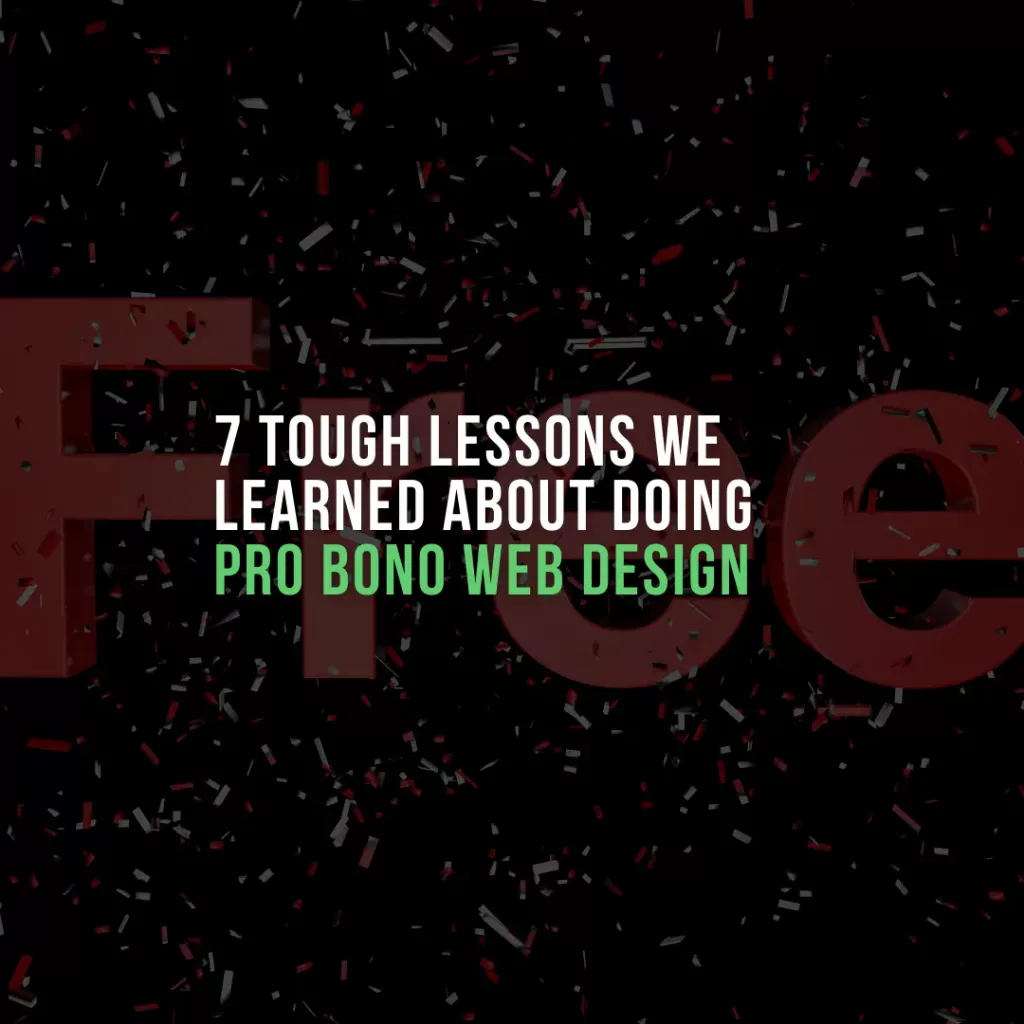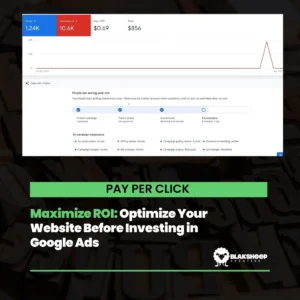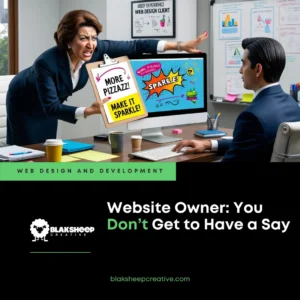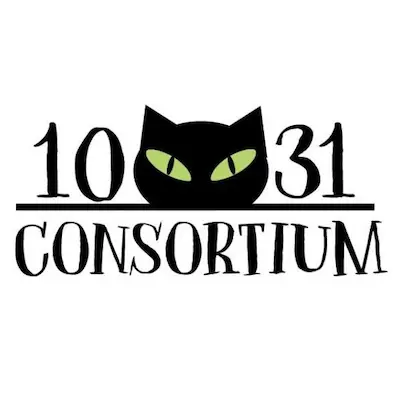Since our inception as a web design and development agency, we’ve been asked to do pro bono design work – usually for nonprofits and budget-strapped new businesses.
Sometimes we took on the project with the best of intentions. We’ve always been about helping out in our Denham Springs community, and this was our opportunity to give back.
Other times, we designed a website for a small business starting out with no digital marketing and website development budget. We figured that we would get exposure and advertising for our brand, so it would be a win for both parties.
It would stand to reason that more exposure equals more clients, right? It’s simple math.
Unfortunately, that’s not the case.
Here are seven tough lessons we learned about doing design work for free.
Seven lessons we learned about doing pro bono website design and SEO.

We’ll be able to squeeze the free work in with our paying customers.
Recipients of free websites and digital marketing services assume that you’ll dedicate the same amount of time to their free project as you will to your paying clients.
They expect us to be available 24/7 and on our a-game.
Unfortunately, sometimes what they ended up getting is less than our best.
We usually work on paying clients when we’re in the zone. We would get around to our pro bono projects after working on our paying clients, often late nights or on the weekend – taking valuable time away from our friends, family, or much-needed rest.
We’ve found that when designers have other paying clients they could be working on, they have no incentive to prioritize a pro bono project.
When there is no set deadline in place, neither party has any real motivation to launch the website or SEO campaign.
The nonprofit or small business has nothing invested in the project and, as a result, is less eager to see it to completion.
We’ve seen around a dozen web design projects stall out when waiting for clients to give us content for their websites.
I can’t tell you the number of times we’ve downloaded an archive of a website and taken the site off our servers to make room for paying clients because quality web hosting isn’t free.

We’ll be able to prioritize their project because we believe in their cause.
We’ve struggled with this a lot. Recipients of pro bono work often think that just because we support their cause or platform, we’ll be able to work on (or make changes) to their website or digital marketing campaigns on demand.
They fail to realize the time constraints and obligations our designers and developers already have with our paying clients. There are just not enough hours in a day to get what needs to be done.
Because we’re customer-service-oriented, it puts us in a bad place. We want to please every customer, paying or not.
There’s no accountability. Paid help is always more accountable and available than volunteer help.
Their website will be simple and easy to build.
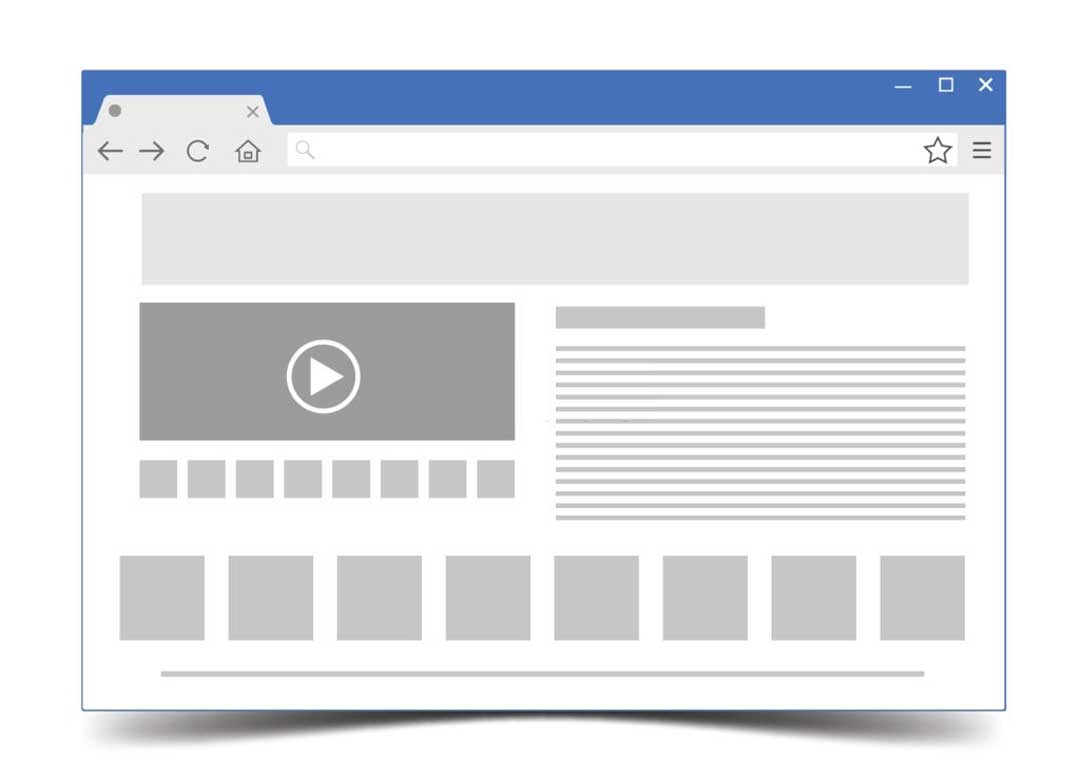
Nonprofits or small businesses think that their website will be a walk in the park to design or that their Facebook page will do the same thing.
Unfortunately, there’s no such thing as an easy website to build.
Not if you do it right.
We’re perfectionists and realize that a website is so much more than just an online billboard. It’s the first thing a prospective client or supporter sees of your brand usually.
We can’t just bang out a website and cut corners. We want to give them our best, especially when we put our name on it.
For us, there’s no easy or mundane website to build. Honestly, nonprofits and small businesses are typically harder to design because we’ve learned:
- New nonprofits and businesses usually lack an organizational structure.
- There are countless rounds of feedback.
- Donation functionality is more complicated. There are payment options to add, which require API keys and other sensitive elements.
- New businesses often lack a logo and need one created for them.
- Not to mention the online marketing requirements of a new business or nonprofit.
They just need a simple website and seem like they’d make a good client.
This one builds on some of the items in #3 above.
We’ve had meetings with some of the coolest and most dedicated people around. Unfortunately, most small businesses and organizations have several stakeholders and decision-makers.
Perhaps the marketing person and our designer agree on what search intent we should optimize for, but the business owner or executive director disagrees.
Now, we have to change all of the typography globally, sometimes one page at a time.
Sure, changes like these happen with paying clients also, but the project budget offsets these delays, and our designers get compensated for their time.
With a pro bono project, there’s added work and time that a designer isn’t getting paid for.
Understanding how to be a great website design client can prevent these issues. Check out our guide on How to Be the Best New Website Design Client Ever.
Even though we’re not getting paid, this will help us build our portfolio to get more clients.
As we said earlier, before we put our name in the footer or have clients tell friends, family, and coworkers that we created their site, we want to make sure it’s perfect.
If we can’t produce our best work to add to our portfolio, then we won’t list it.
Sure inexperienced designers will take on projects solely to add to their portfolio (which we did early on). Experienced designers want to show off projects that allow them to do their best work (and pay the bills).
Even though we’re not getting paid, they’ll refer other work to us.
Would you believe me if I told you we’ve gotten zero new paying clients off our pro bono work?
Not a single one.
Zip.
Nada.
Sure, we’ve gotten requests from other small businesses or nonprofit organizations wanting us to give them the same deal.
The bad thing is we often took on the additional project (our fault) and got burned out.
You know the saying, “birds of a feather?”
It’s true with nonprofits and small businesses. If they can’t or won’t pay for their website and digital marketing, chances are those in their circle are in the same boat.
We will take on a pro bono project because it’s more meaningful.

We understand. Your nonprofit or small business means a lot to you. But so do things like feeding our family, electricity, and running water.
Plus, interests change. People change.
We’ve gone into projects all-in to an organization’s cause. We wanted to see that small business succeed.
Then something changed. Maybe we got an insight into nonprofit waste, or the small business owner forgot our free work once their business became successful.
There’s no motivation to go on.
When you’re getting paid for a service, you have more motivation to do it.
You get what you pay for. And when you’re not paying, you could get:
Nothing.
These were some tough lessons to learn. It involved learning how to tell people no. It involved us letting go of the desire to help everyone.
What we learned about pro bono website design:
- Pro bono website design takes more time to manage because neither party prioritizes the project.
- Pro bono website design pushes us to give less than our best, which isn’t an option.
- Pro bono website design takes time away from paying clients, friends, family, and fun.
- Pro bono website design can lead to burnout.
Instead of trying to get free stuff, we urge our clients to raise money and get the best creative project possible.
After all, a professionally designed website is one of the best investments that an organization can make.
If you’re ready to invest in your organization or business, we’d love to talk with you about your project. Fill out the form below for a free consultation.
